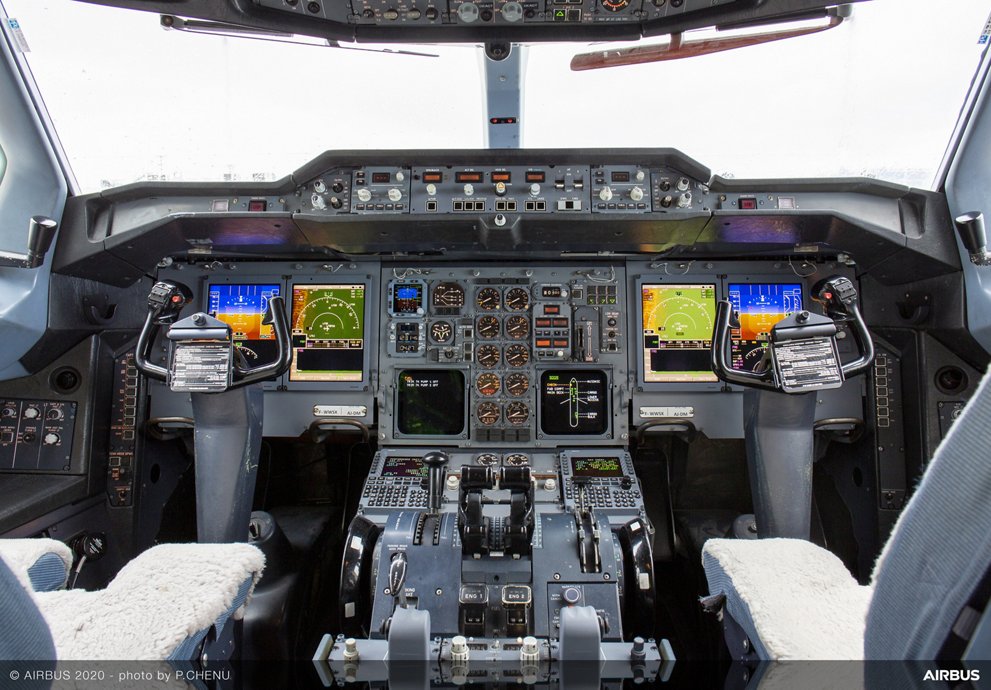Europe’s EASA Halts Plans for Single-Pilot Airline Operations

The European Union Aviation Safety Agency (EASA) has paused its efforts to develop regulations for single-pilot airline operations, stating that even the most advanced flight decks are not yet sophisticated enough to replace the presence of two human pilots.
In a report released Friday June 20, EASA said it would not proceed with rulemaking for extended Minimum Crew Operations (eMCO) until cockpit technologies can match the safety standards achieved by having two qualified pilots on board for all phases of flight. The agency emphasized that future systems must include capabilities for workload management, pilot health monitoring, security threat detection, and autonomous safety backups. Each of these systems will need to undergo rigorous testing before being approved for use in passenger operations.
This decision effectively halts progress toward a policy framework that could allow airlines to operate long-haul flights with just one pilot in the cockpit for certain segments. Instead, EASA will incorporate the idea into its broader “smart cockpit” development initiative.
While aircraft manufacturers are already working on the necessary technologies, the delay is likely to be welcomed by pilot unions, which have long argued that reducing cockpit crew endangers flight safety and threatens pilot jobs. Capt. Tanja Harter, president of the European Cockpit Association, reaffirmed her group’s opposition: “Two qualified, well-rested pilots—four eyes, two brains—is a system that works.”
EASA has not provided a timeline for when it might revisit the concept of single-pilot operations.
Related News: https://airguide.info/category/air-travel-business/travel-health-security/
Sources: AirGuide Business airguide.info, bing.com, avweb.com
